What is a base layer? All your questions answered
What is a base layer, and why do you need one for hiking? We answer all your questions about this important piece of clothing in your hiking wardrobe
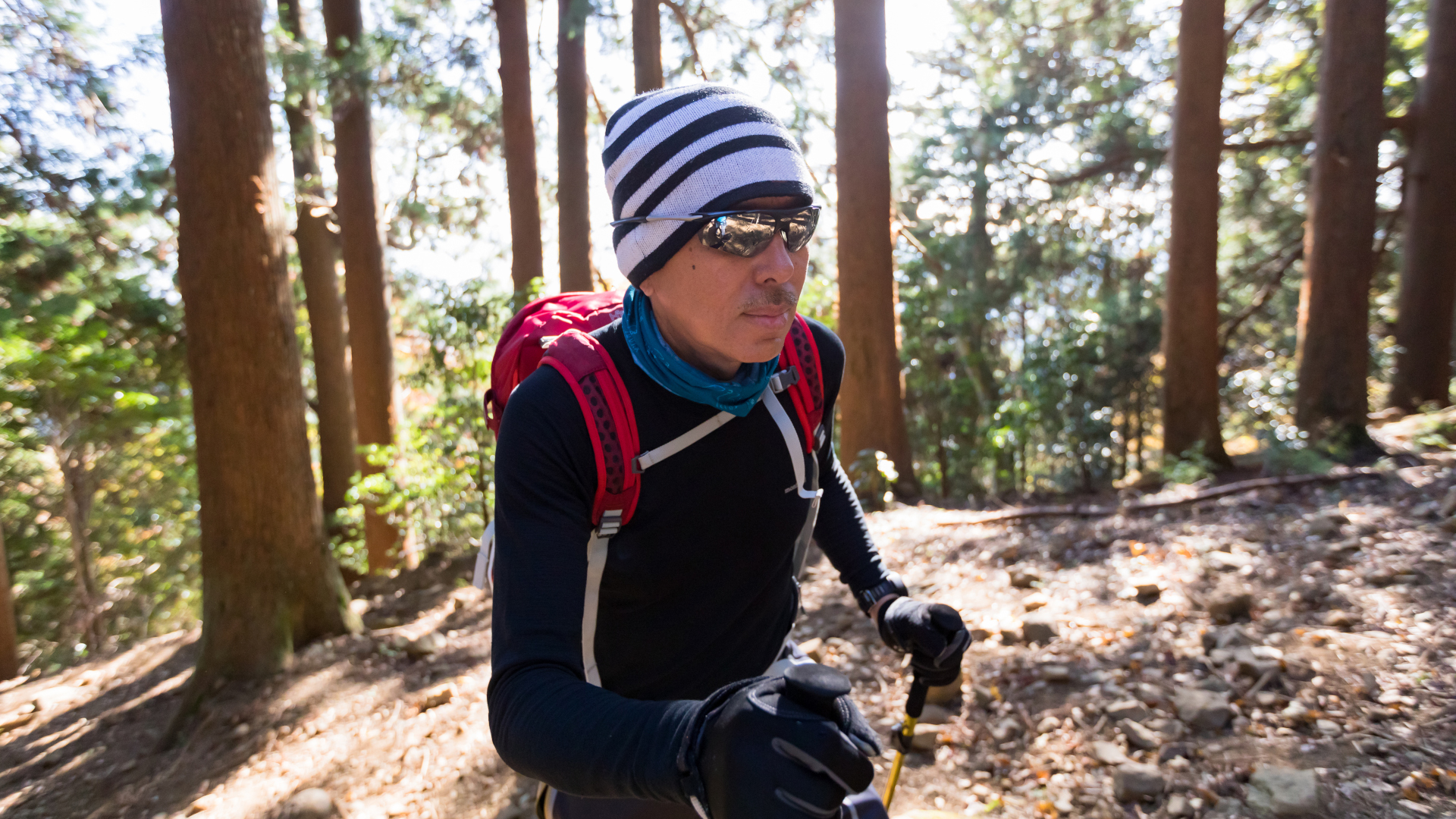
So you’ve been reading articles about what to wear hiking or perhaps shopping for a new hiking shirt and you’ve seen enough to know that you absolutely need a base layer any time you’re going out into the hills. But what is a base layer anyway, and why does it matter when you’re active? It turns out that a lot of you have a lot of reasonable questions on this topic, so we set out to answer them here to help you set off on your next adventure fully prepared and comfortable.
What is a base layer?
As you may have heard, there’s no such thing as bad weather, only the wrong clothing. In hiking, as well as winter sports and trail running, we dress for all conditions using the hiking layer system and a base layer is the layer of clothing that you wear next to your skin, over which you layer warmer and waterproof clothing. The term is usually used to describe your top, however it can also include bottoms, such as long johns that you might wear under your hiking pants. Beyond that, a base layer can come in a variety of different fabrics and styles, from tank to tee to long sleeved.
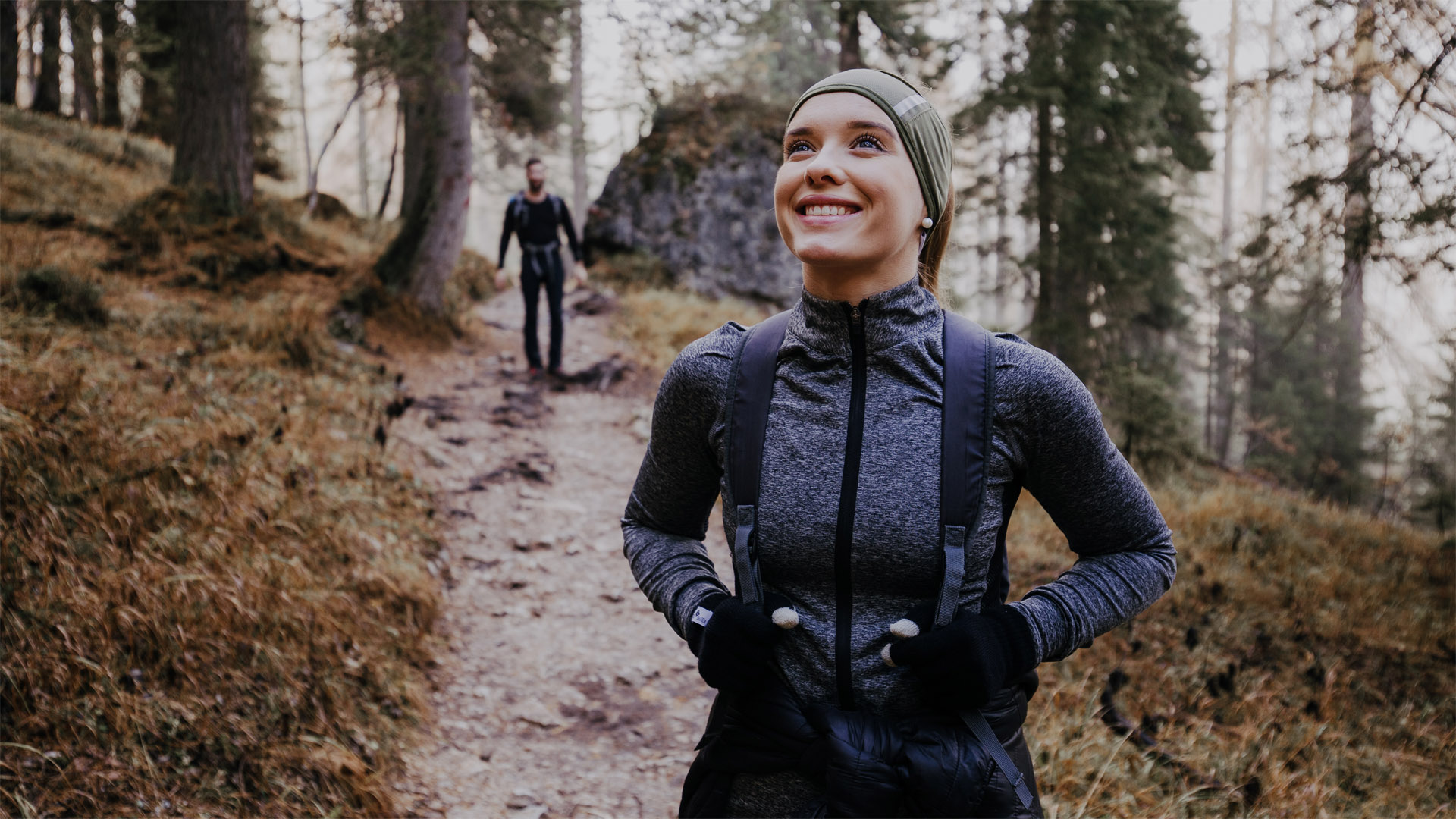
What is the point of a base layer?
OK, so if a base layer is just the piece of clothing you wear next to your skin, can’t you just call it your T-shirt and be done with it? Well, sure, but there’s another element to base layers that we haven’t discussed yet. A base layer needs to provide some thermal properties, and also, importantly, it should help to transfer sweat away from your skin to keep you dry while you’re active. In order to form part of your layering system, your base layer needs to be breathable and moisture wicking. This allows you to stay cool once you start to break a sweat in warmer weather, and keeps you from becoming chilled in cooler weather since it won’t simply absorb liquid and leave you hiking in a clammy shirt.
For this reason, a good base layer will be made with fabrics such as merino wool, like the Icebreaker 200 Oasis, or synthetic materials like the Montane Dart which is made from polyester.
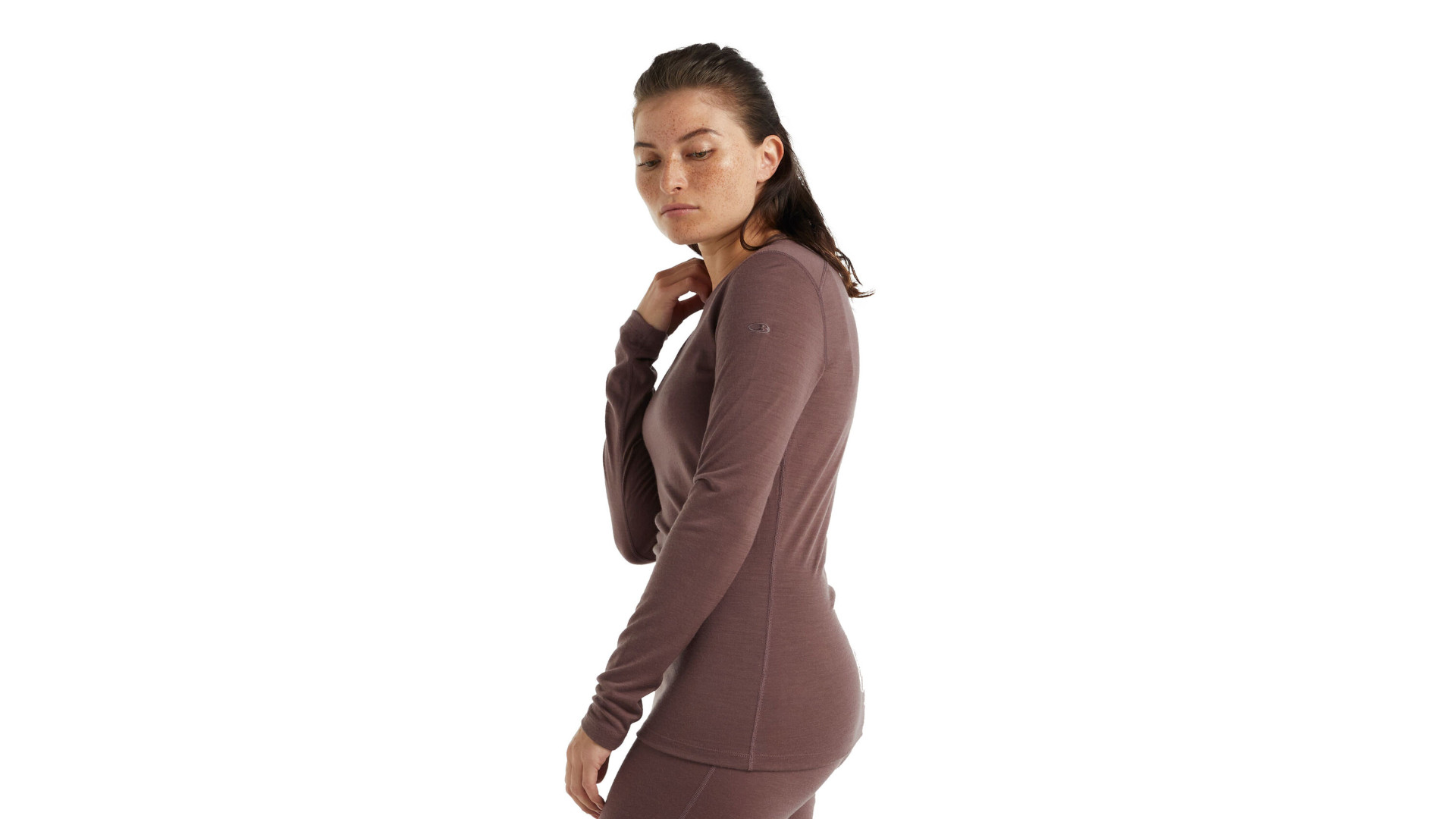
Is a base layer the same as thermals?
Yes, while base layer is the more common North American term, in the UK the term “thermals” is more common to describe the layer closest to your skin that helps you manage your temperature.
Do you wear anything under a base layer?
Great question! On a chilly day, you might be used to wearing a cotton tank (or vest in the UK) under your shirt, but this will actually impede the effectiveness of your base layer as once you get going you’ll just be wearing a damp, cotton undershirt against your skin. Base layers are meant to be worn on their own, however if you hike wearing a bra, it’s a good idea to use a sports bra that is also sweat wicking so that it forms part of your layering system. Similarly, if you’re wearing long underwear, it’s a good idea to wear regular underwear for hygiene purposes, and if that means something with a lot of coverage like boxers, look for something sweat wicking such as running underwear.
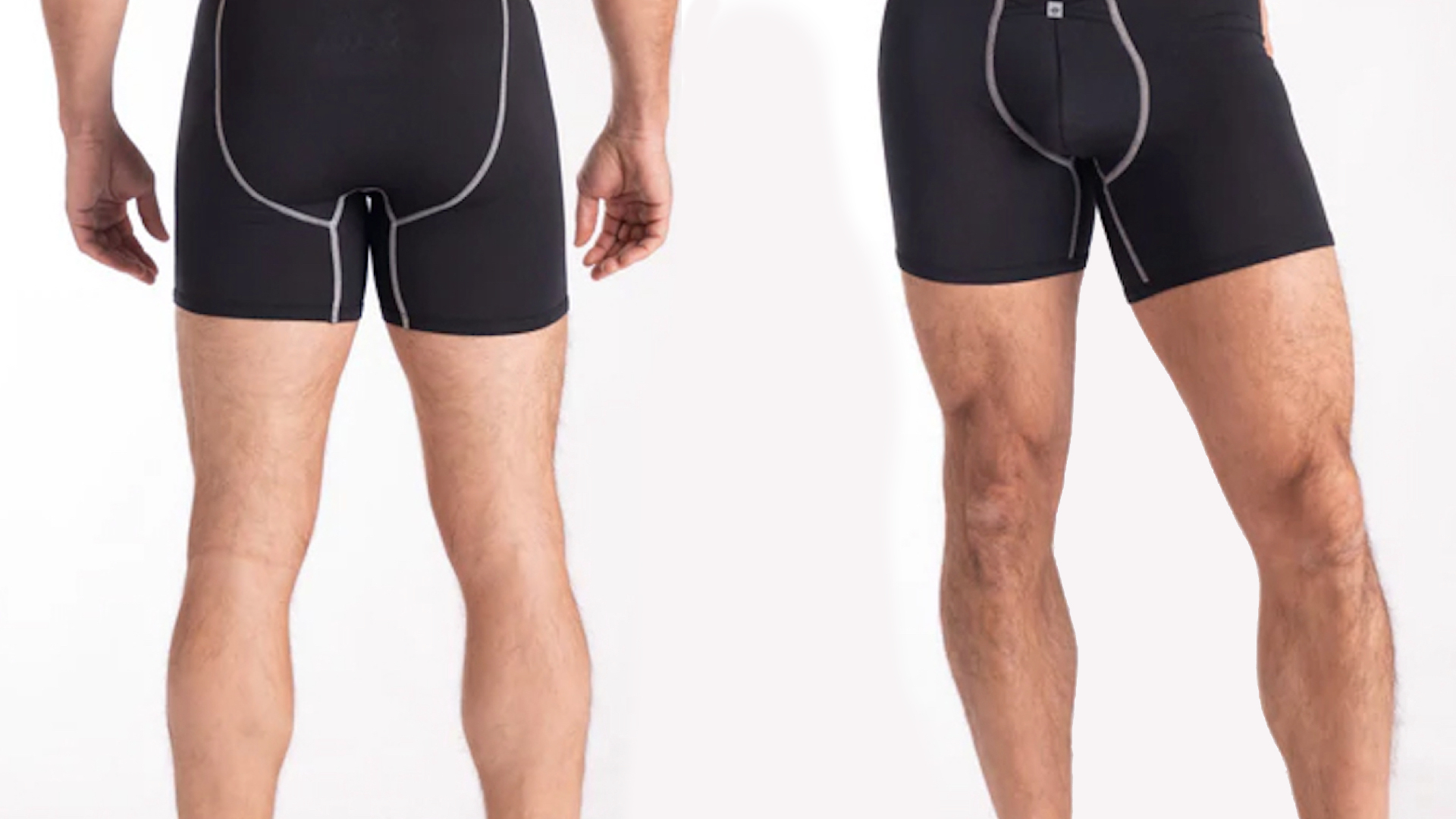
Can you wear a base layer on its own?
Yes, definitely. Even though your base layer might essentially take the place of an undershirt, in many instances it will actually be the only layer that you’re wearing. In warm weather, you might set off wearing only your base layer and carrying a fleece and waterproof jacket in your backpack. However, even in cold weather, when you start climbing you can get warm and start sweating quite quickly, so there’s a good chance you’ll be stripping away those outer layers until you stop for lunch.
All the latest inspiration, tips and guides to help you plan your next Advnture!
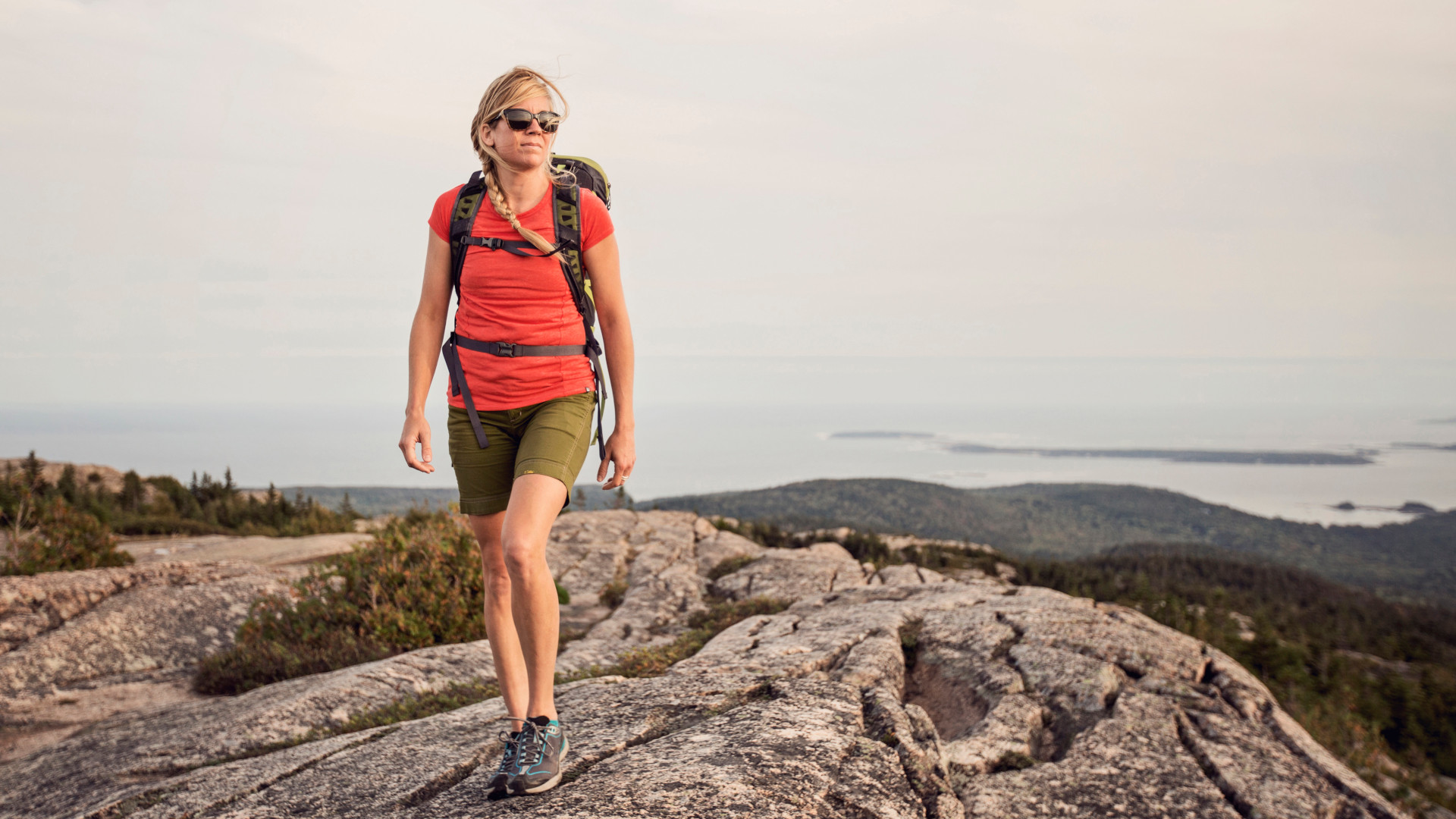
How tight should a base layer be?
In order for a base layer to work properly and wick away sweat, it does need to be fairly form-fitting and actually touch your skin. For that reason, it’s good to look for one that has a decent amount of stretch such as the Megmeister Drynamo Winter High Neck to allow for good freedom of movement. That said, perhaps a better technique is to simply try it on and make sure you can move your arms comfortably in it.
The only exception to this is a base layer that you plan to wear on its own during warmer weather – since it’s not part of your layering system, it can fit a little looser.
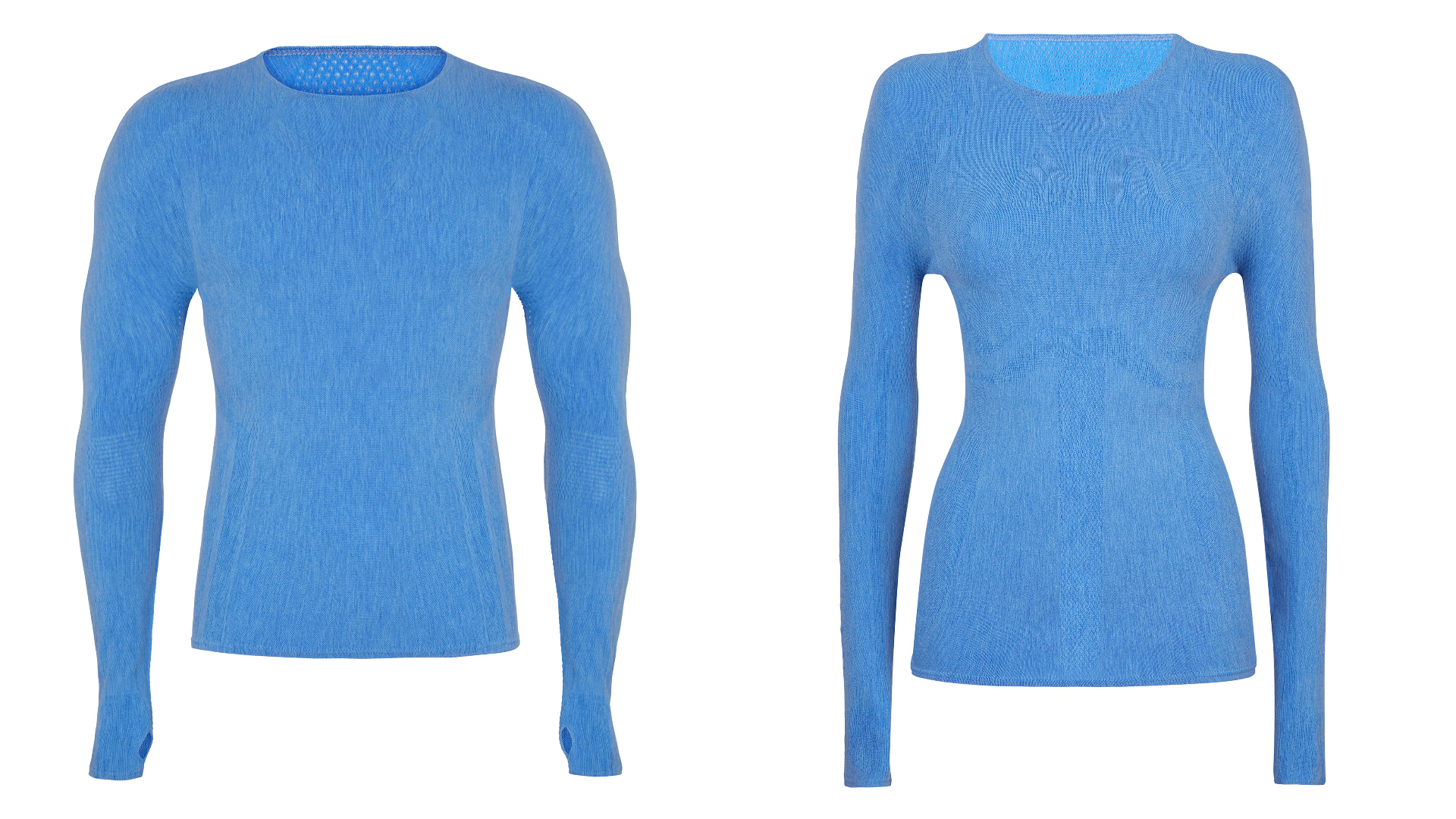
At what temperature should I wear a base layer?
There are differing opinions on this, with some people saying that you need a base layer for any adventure taking place in below 60°F (15°C) weather. In all but hot temperatures, where you can probably hike in your favorite tank top, we think it’s a good idea to wear a base layer, especially since they can be worn on their own. The key is to own several different base layers, including a very thin and light one such as the Rab Forge for milder conditions, and a thicker shield against frigid temperatures, like Helly Hansen’s Lifa Merino.
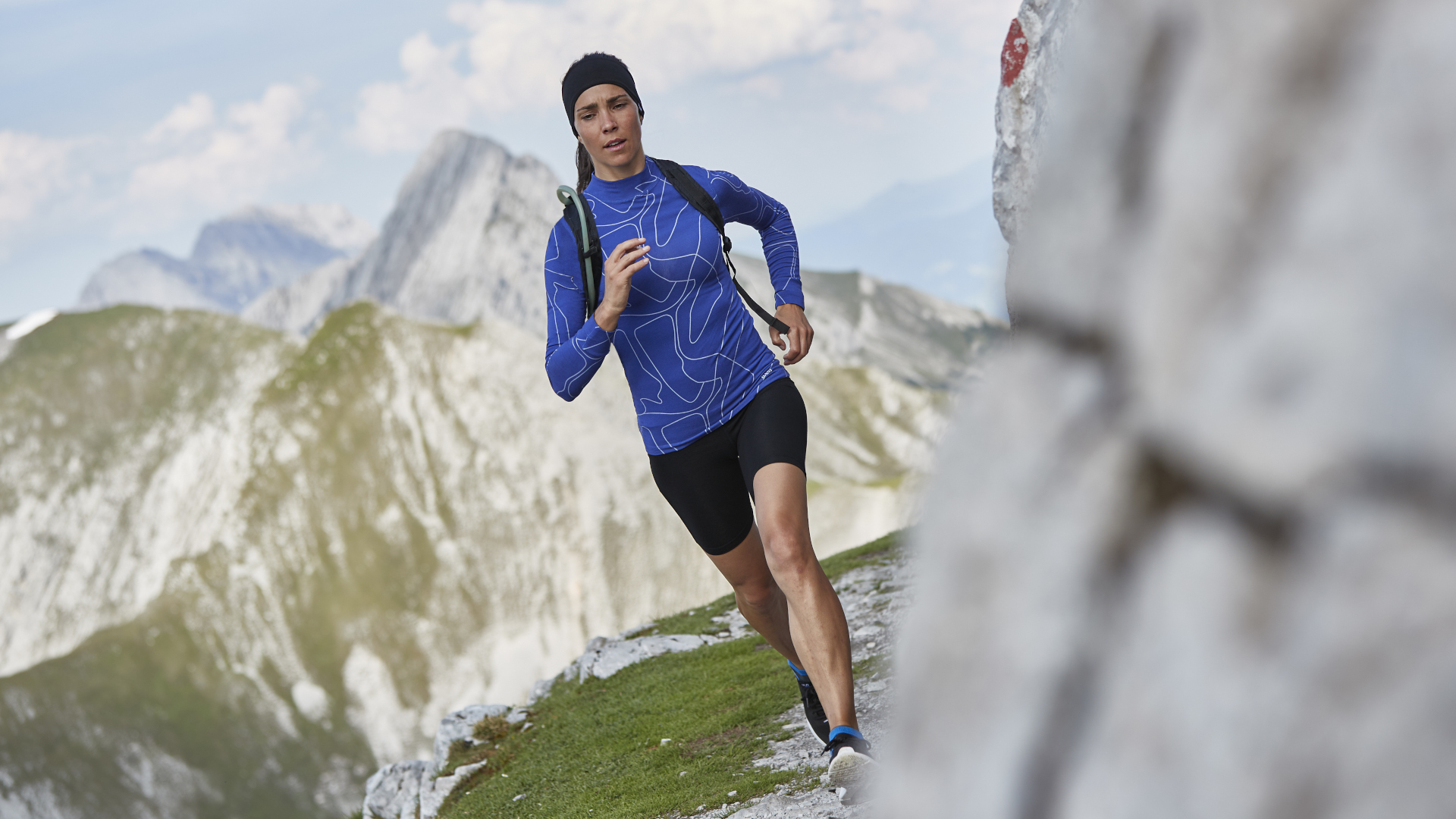
Can I use leggings as a base layer?
If you’re thinking about your bottom half, you can definitely wear leggings as a base layer since they are snug, but remember, they have to also be sweat-wicking to work. That means no cotton leggings, but any of the best running leggings will be ideal and of course can double as outerwear too.
Julia Clarke is a staff writer for Advnture.com and the author of the book Restorative Yoga for Beginners. She loves to explore mountains on foot, bike, skis and belay and then recover on the the yoga mat. Julia graduated with a degree in journalism in 2004 and spent eight years working as a radio presenter in Kansas City, Vermont, Boston and New York City before discovering the joys of the Rocky Mountains. She then detoured west to Colorado and enjoyed 11 years teaching yoga in Vail before returning to her hometown of Glasgow, Scotland in 2020 to focus on family and writing.

